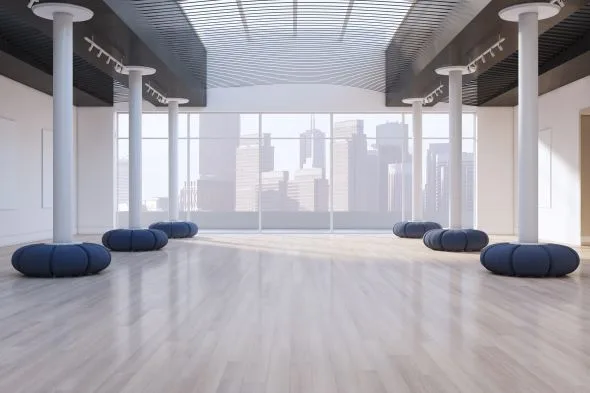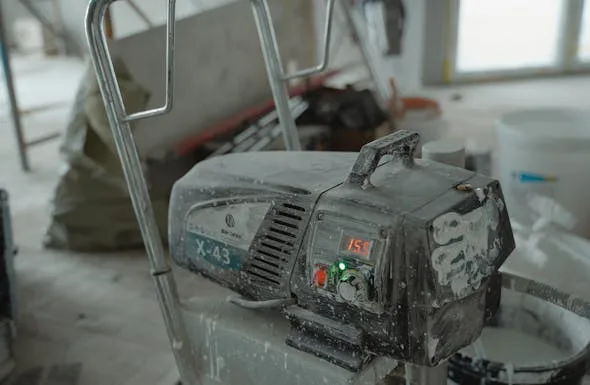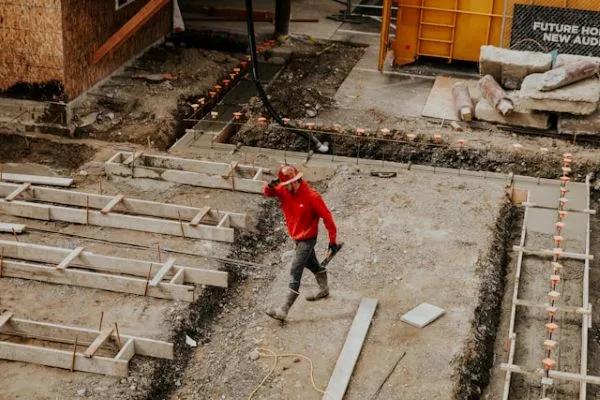Ultimate Guide to Successful Flooring in Commercial Buildings

Are you planning to construct a new commercial building or renovate an existing one? Whatever the case may be, selecting the perfect flooring is crucial for its success. Not only does it add aesthetic appeal to your space, but it also plays a major role in functionality and safety. With so many options available on the market, choosing the right type of flooring can be overwhelming.
However, with this guide, you’ll have all the information and tips you need to make an informed decision. So, let’s dive into the world of commercial flooring and discover how to create a space that is both visually appealing and functional.
Understand the Purpose of Your Space
Before selecting the type of flooring for your commercial building, it’s essential to understand the purpose of your space.
Are you designing an office, a retail store, or a restaurant? Each space has different requirements and will require a specific type of flooring. For example, an office may benefit from carpet tiles for noise reduction and comfort, while a retail store would need more durable and easy-to-maintain flooring like vinyl or hardwood.
By understanding the purpose of your space, you can narrow down your options and choose a flooring material that meets your specific needs and goals. This will ensure that your flooring not only looks great but also serves its purpose effectively.
Consider the Foot Traffic and Usage
Another crucial factor to consider when selecting commercial building flooring is foot traffic and usage. How many people will be walking on the floor daily? Will there be heavy machinery or equipment moving around? Understanding these aspects will help you determine the level of durability and maintenance your flooring will require.
High-traffic areas will need more durable materials like concrete or ceramic tiles, while low-traffic spaces may benefit from hardwood or vinyl. Additionally, consider the activities that will take place on the floor to choose a material that can withstand heavy usage and potential spills or stains.
Get the Right Machinery and Tools
Installing flooring in a commercial building requires specialized machinery and tools to ensure proper installation. As highlighted by the team behind Niagara Machine, these include concrete grinders, floor scrubbers, and polishers. Using the right machinery will not only save time but also ensure a quality finish.
It’s crucial to have these tools on hand before starting any flooring project to avoid delays or subpar results. If you’re hiring a professional installation team, make sure they have access to all the necessary equipment for a successful installation. This will ensure that your flooring is installed correctly and will last for years to come.
Choose the Right Type of Flooring
Selecting the right type of flooring is crucial for the success of your commercial building. There are various options available, such as carpet, vinyl, hardwood, and concrete. Each material has its unique features and benefits, so it’s vital to consider factors like aesthetics, durability, maintenance requirements, and budget when making your decision.
For example, carpet may add a cozy feel to an office space but may not be the best choice for high-traffic areas. On the other hand, vinyl is durable and easy to maintain but may not provide as much aesthetic appeal as hardwood. Consider your specific needs and priorities to determine the best flooring option for your commercial building.
Prioritize Safety and Durability
Safety should always be a top priority when selecting flooring for commercial buildings. This is especially important in areas with heavy foot traffic or potential hazards, such as spills or falls. Look for materials that are slip-resistant and can withstand wear and tear to ensure the safety of employees, customers, and visitors.
Durability is also essential to consider as commercial spaces tend to experience high levels of usage. You want your flooring to withstand heavy foot traffic, spills, and potential damage from equipment or furniture. Investing in durable materials may require a higher upfront cost but will save you money in the long run by reducing the need for frequent repairs or replacements.
Hire a Professional Installation Team
Finally, it’s crucial to hire a professional installation team for successful flooring in commercial buildings. While DIY may seem like a cost-effective option, it often leads to mistakes and subpar results. Professional installers have the necessary skills, experience, and tools to ensure proper installation and a flawless finish.
Additionally, hiring professionals can save you time and effort as they will handle all aspects of the installation process, from preparing the subfloor to finishing touches. They can also offer valuable advice on the best flooring options for your specific needs and ensure that all safety measures are taken during installation.
Selecting the right flooring for your commercial building is a crucial decision that can greatly impact its functionality, safety, and overall success. By following this guide and considering factors such as purpose, foot traffic, machinery/tools, type of flooring, safety/durability, and professional installation, you can create a space that is both visually appealing and practical. Remember to prioritize quality and durability for a successful flooring project that will withstand the demands of a commercial space.





